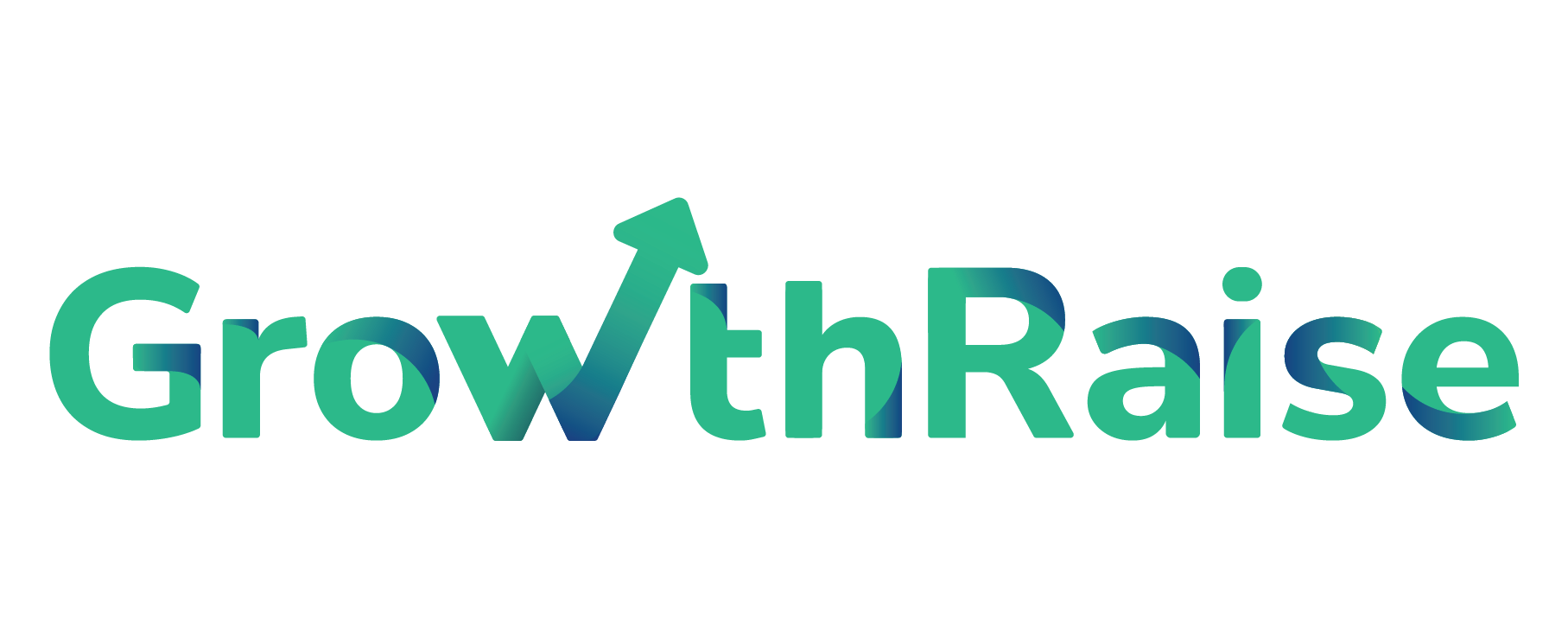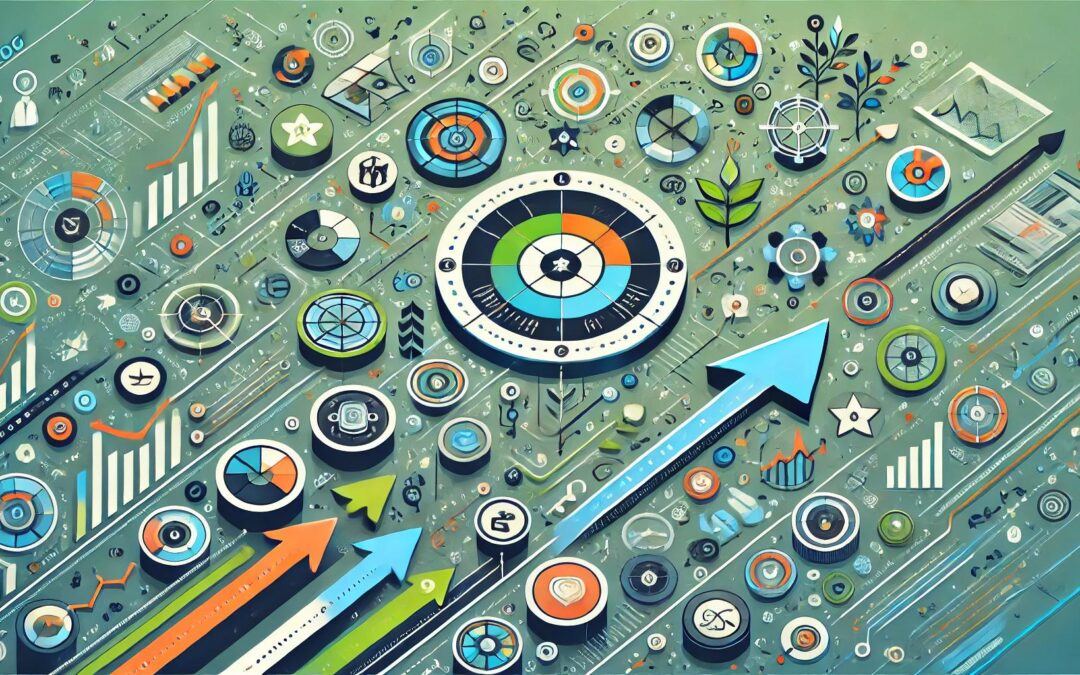8 Inbound Marketing Channels for Sustainable Business Growth
How do you make people notice you and your business in the current digital sea of information? And how do you connect with them?
You may have asked yourself these questions if you are here.
As a small business owner, navigating the world of marketing can be overwhelming. With countless strategies and tactics available, it’s hard to know where to start.
In the last few years, inbound marketing has proven to be a powerful and cost-effective solution for every business.
In this article, we’ll break down what inbound marketing is, its four stages, and look at eight inbound marketing channels you can use to grow your business.

What’s Inbound Marketing?
Inbound marketing is a strategic marketing approach that focuses on attracting customers to your business naturally and organically, rather than reaching out to them directly with traditional advertising.
A key differentiator of inbound marketing is that we do not interrupt the target audience; we show them what they can accomplish by leveraging our products or services. Then the target audience decides whether it is enough for them or not.
Unlike outbound marketing, which pushes your brand to customers, inbound marketing is a customer-centric approach that uses a pull strategy to build brand awareness, foster relationships, and generate leads.
It focuses on attracting potential customers through valuable content and experiences that meet their needs and interests rather than pushing products or services onto them. The basic concept you need to remember is simple: if you provide potential customers with useful information and help them solve their problems, they will be more likely to trust your brand and engage with your business.
The 4 Stages of Inbound Marketing
Inbound marketing is typically divided into four stages: attract, convert, close, and delight. Each stage represents a step in the customer journey and clearly describes the intention of your inbound marketing efforts at each of them.
Attract: The goal is to draw the right people to your business by creating and sharing content that resonates with your target audience’s problems and needs, optimizing it for search engines and social media.
Convert: At this stage, you transform website visitors into leads by offering valuable resources in exchange for contact details, such as email addresses.
Close: Here, you turn leads into customers by nurturing them through the buying process through targeted content and personalized communication.
Delight: Finally, keep customers satisfied by engaging with them post-purchase, offering exceptional service, and relevant content. They can be the biggest advocates for your brand.

8 Inbound Marketing Channels to Try
Now that we’ve gone over what inbound marketing and its stages are, it’s time to dive into the channels you can implement in your marketing strategy.
There are various inbound marketing channels that you can use throughout the different stages to optimize your business. Understanding and aligning them with specific stages of the customer journey can significantly enhance your business’s growth.
Here are the top ten inbound marketing channels.
Blog Content
Blogging is a type of website content that addresses the problems, needs, and interests of potential customers and is an effective way to attract a broader audience, build trust, and generate leads, particularly when it is integrated into a company’s website.
Stage Attribution:
- Attract: Write blog posts that address common questions, challenges, or trends in your industry to draw in readers.
- Convert: Include CTAs within your blog posts that direct readers to relevant landing pages or offers.
- Delight: Use blog posts to provide ongoing value to your customers, such as how-to guides or product updates.
Example: A small bakery might create a blog series on baking tips and recipes.
Search Engine Optimization (SEO)
Search engine optimization is a key marketing tactic that ensures your brand is easily findable. SEO is the process of optimizing your website to rank higher in search engine results pages (SERPs). By targeting specific keywords related to your business, you can attract organic traffic to your website from people who are searching for the types of problems your products or services solve.
Stage Attribution:
- Attract: Utilized on-page SEO, keyword research, and content optimization to ensure your website appears in relevant searches.
- Convert: Use local SEO to attract nearby customers and optimize landing pages for conversions.
Example: A local gym could optimize its website for keywords like “fitness classes near me” or “personal trainer in [city]” to attract local customers searching for these services.
Landing Pages
Landing pages are standalone web pages designed to convert visitors into leads by convincing them that it’s worth providing personal details. They typically include a form requesting basic visitor information, such as name, email address, and whatever other information you want to know in advance about your leads.
Stage Attribution:
- Convert: Create landing pages that offer a clear value proposition, such as a free ebook, trial, or consultation, in exchange for the visitor’s contact information.
- Close: Use landing pages to promote special offers, discounts, or events to drive conversions.
Example: A home improvement company could create a landing page offering a free consultation for kitchen remodeling, where visitors can sign up by providing their contact details.

Social Media
Social media platforms are powerful tools for engaging with your audience and distributing content. They allow you to promote your content to a broader audience and connect with potential customers on a personal level. Remember to carefully choose the right social media platforms for your business’s needs and target audience.
Stage Attribution:
- Attract: Share blog posts, infographics, or videos on social media platforms to drive traffic to your website.
- Convert: Use social media ads or lead generation forms to collect contact information.
- Delight: Engage with customers through comments, messages, or social media contests to build loyalty.
Example: A boutique could use Instagram or TikTok to showcase its latest clothing collections and engage with customers through direct messages and comments.
Content Marketing
Content marketing is another key element of inbound marketing. It involves creating and sharing valuable, relevant content to attract and engage your target audience that goes beyond blog posts, helps position your business as an industry expert, and builds trust with potential customers.
Stage Attribution:
- Attract: Create articles and infographics that address common customer pain points.
- Convert: Offer books, whitepapers, or downloadable guides that offer deeper insights in exchange for contact information.
- Close: Showcase case studies and product demos that help prospects make informed decisions.
- Delight: Send newsletters and personalized recommendations that keep customers engaged.
Example: A small bakery could offer a free ebook titled “10 Quick and Easy Dessert Recipes” in exchange for visitors’ email addresses, which they later use to send promotional offers.
Email Marketing
Email marketing is a highly effective way to nurture leads and keep your audience engaged. By sending newsletters and targeted emails based on the recipient’s behavior and preferences, you can build trust and credibility and move them towards a buying decision.
Stage Attribution:
- Convert: Use welcome emails and newsletters that provide value and encourage further interaction.
- Close: Create campaigns that offer promotions, discounts or product recommendations to incentivize purchase.
- Delight: Send follow-up emails and satisfaction surveys to maintain engagement post-purchase.
Example: A small business offering online courses could use email marketing to send a series of follow-up emails after a webinar, offering a discount on their courses to attendees.

Video Marketing
Videos are a flexible and engaging type of content to communicate your message and engage with your audience. Whether through tutorials, product demos, or customer testimonials, videos can effectively convey information and build trust.
Stage Attribution:
- Attract: Make explainer videos and how-tos that provide value and attract viewers.
- Convert: Host webinars or demos that encourage sign-ups and gather leads.
- Close: Utilize video testimonials or case studies to demonstrate the effectiveness of your products or services.
- Delight: Shoot behind-the-scenes videos or personalized thank-you messages to strengthen customer relationships.
Example: A software company could create a series of tutorial videos that explain how to use its products, attracting new users and guiding them through the setup process.
Webinars and Events
Hosting webinars or events is an excellent way to engage with your audience in real-time. These platforms allow you to showcase your expertise, answer questions, and provide value to your prospects.
Stage Attribution:
- Attract/Convert: Host educational webinars that provide valuable insights and encourage participants to register.
- Close: Use the event to introduce new products or services, offering exclusive deals to attendees.
Example: A marketing agency could host a free webinar on “Top Digital Marketing Strategies for 2024,” attracting small business owners interested in learning more and converting them into leads.
Choosing the Right Inbound Marketing Channels
Utilizing inbound marketing channels can transform your reach and sales. However, to grow your business effectively, you need to understand and align the right channels with specific stages of the customer journey.
As a small business owner, it can be challenging to choose and implement these channels on your own. Our team of experienced inbound marketing consultants can help you get started or optimize your inbound marketing strategy.
Just drop us a line and we’ll find a simple solution to any complex marketing problem you’re having.
Curious to learn how we’ve helped other small businesses thrive through inbound marketing? Check out our case studies!

